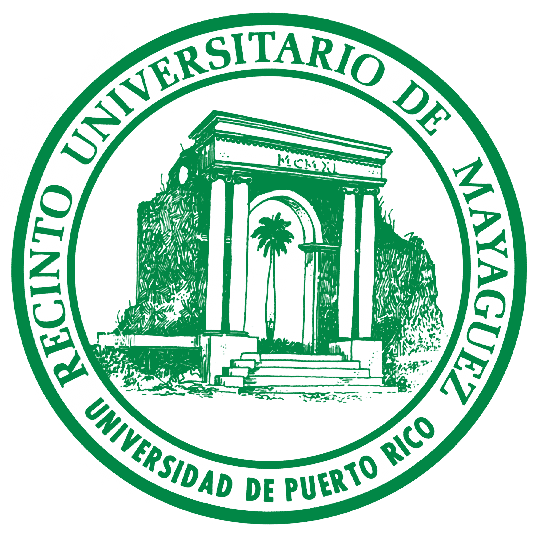Project
Evaluation of Safety Enhancements in School Zones with Familiar and Unfamiliar Drivers
Traffic crashes in school zones are a serious safety concern, as there has been an increase in the number of school-age pedestrians and cyclists injured and killed throughout the years. This collaborative project consists of investigating the safety and operational aspects of school zones in two different settings: UPRM and UMass. The first phase of this project was developed at UPRM where school zones were evaluated with local drivers that are familiar with the environment. The second phase will take place at both UPRM and UMass. New school zone safety scenarios will be developed at UMass for selected school zones in Massachusetts. The school zone scenarios developed by UPRM will be evaluated at UMass using drivers that are not familiar with the Puerto Rico settings. By the same token, the scenarios developed by UMass will be evaluated at UPRM using drivers that are not familiar with the Massachusetts settings. The evaluation will allow us to determine how robust are the solutions assessed for unfamiliar drivers. Therefore, this project will answer the following three research questions: 1) What are the best countermeasures to maximize the drivers’ speed limit compliance rate at school zones? 2) What is the optimal roadway environment to increase traffic safety at school zones? and 3) Are there any significant differences in behavior between familiar and unfamiliar drivers for the safety-enhanced school zone environments? These research questions are related to Federal road safety initiatives that have the goal to achieve a significant reduction in traffic fatalities and serious injuries on all public roads with an emphasis on the safety of school-age children.
This research project uses driving simulators to analyze driver responses to changes in the road infrastructure configuration, school zone speed limits, and roadway signage. The scenarios are created using a rigorous procedure that includes a detailed screening process to select the school zones to be studied based on safety audit and HSM concepts. The chosen school zones are then examined in detail to generate the scenarios and define the variables for the study. New road sign and pavement marking configurations will be tested using experiments conducted in the UPRM and UMass driving simulators. The collaborative project will allow testing the scenarios developed using drivers that are not familiar with the original environment where they were created.
The potential benefits of this collaboration include not only the assessment of how robust the solutions are but also the understanding and behavior that unfamiliar drivers will exhibit while driving scenarios that involve the enhancements developed for the school zones and a different environment. It is expected that changes in the infrastructure configuration, the school zone speed limits, and the traffic control devices, will significantly improve safety and operational parameters for both familiar and unfamiliar drivers.
Supporting links:TRID Record Webinar
Webinar



 Webinar
Webinar